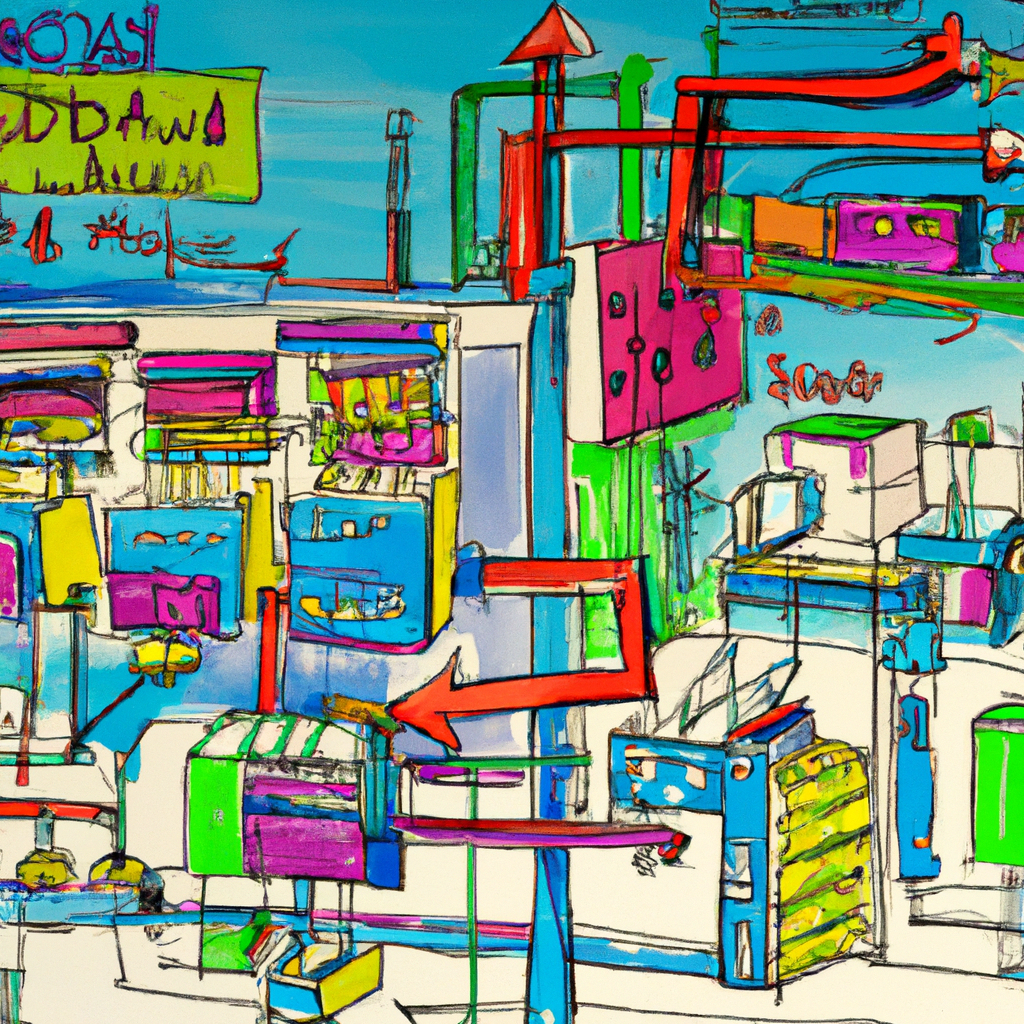The Supervisory Control and Data Acquisition (SCADA) system is an integral part of the industrial automation process. It is a computer system used for gathering and analyzing real-time data. SCADA systems are used to monitor and control a plant or equipment in industries such as telecommunications, water and waste control, energy, oil and gas refining, and transportation. Over the years, SCADA system architecture has undergone significant advancements, enhancing its functionality and efficiency. This blog post will delve into some of the recent advancements in SCADA system architecture.
One of the most notable advancements in SCADA system architecture is the shift from monolithic SCADA systems to distributed SCADA systems. Traditional monolithic SCADA systems had a single central computer that controlled the entire system. However, this architecture had its limitations, such as the inability to scale and adapt to changing needs. The distributed SCADA system, on the other hand, consists of multiple independent systems working together. This architecture allows for greater flexibility, scalability, and reliability.
Another significant advancement is the integration of the Internet of Things (IoT) into SCADA systems. IoT devices collect and transmit data to the SCADA system, providing real-time monitoring and control over industrial processes. This integration has led to the development of smart SCADA systems that can predict potential system failures and automatically adjust processes to prevent them.
The advent of cloud computing has also revolutionized SCADA system architecture. Cloud-based SCADA systems offer numerous benefits, including reduced hardware costs, increased storage capacity, and improved data accessibility. With cloud-based SCADA systems, operators can access real-time data from anywhere, at any time, using any device with an internet connection. This advancement has significantly improved the efficiency and effectiveness of industrial processes.
Cybersecurity has also become a critical aspect of SCADA system architecture due to the increasing number of cyber threats targeting industrial control systems. Recent advancements in SCADA system architecture have focused on enhancing cybersecurity measures to protect against these threats. These measures include the use of encryption, firewalls, intrusion detection systems, and regular system updates.
Lastly, the integration of artificial intelligence (AI) and machine learning (ML) into SCADA systems is another significant advancement. AI and ML algorithms can analyze large volumes of data to identify patterns and make predictions. This capability can be used to optimize industrial processes, predict system failures, and reduce downtime.
In conclusion, the recent advancements in SCADA system architecture have significantly improved the functionality, efficiency, and security of SCADA systems. These advancements have enabled SCADA systems to adapt to the changing needs of the industrial automation process, making them an indispensable tool in today’s industrial landscape. As technology continues to evolve, we can expect to see even more advancements in SCADA system architecture in the future.

